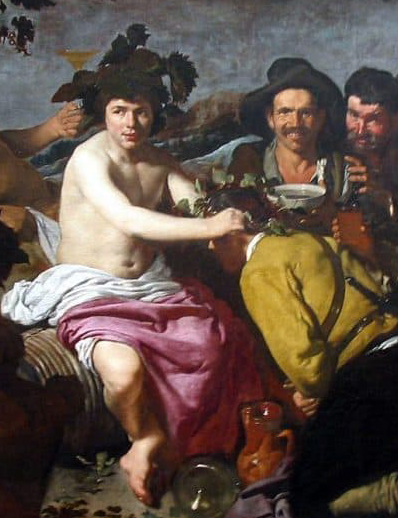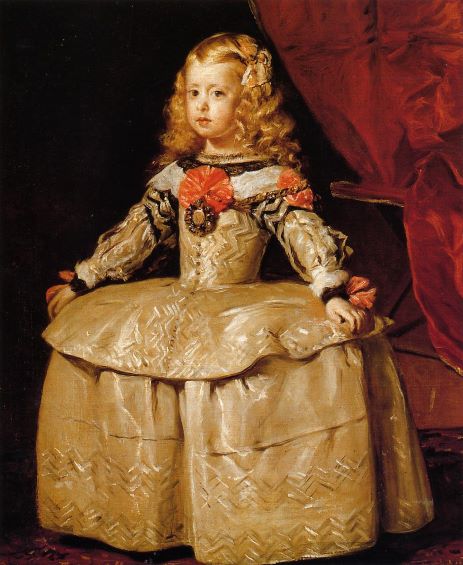
A Comparison of Velazquez and Rembrandt
The question “Who was the greatest artist ever?” is a kind of idle speculation, an exercise for art lovers with too much time on their hands. To begin with, art and artists have begun from such different contexts, with such different means and intentions, that it becomes impossible to compare across centuries and cultures. Secondly, even to ask the question presupposes some standard of measure, a standard which is inevitably biased by our cultural framework, not to mention our personal taste. However, since we presume to judge the quality of art all the time, the question is almost unavoidable.
I will ask the question here based on some very arbitrary limitations. I am going to ask it for the European art tradition which I know best. I am going to focus on the Baroque period, a period of total mastery which culminated from an extraordinary 500 years of invention and development. And of course I will bring a standard of value which will allow me to “explain” my choice.


Velasquez is probably the greatest pure painter, the greatest handler of the brush and the medium, in Western art. The brilliance of his brushwork, astounding in both its descriptive power and its sheer elegance, is absolutely stunning. One can take a detail from any part of one of his portraits and find a tour do force unmatched in any of his contemporaries. He has been called the first impressionist, because of his incredible sensitivity to light and surface effect. If the question were “Who is the greatest brush handler ever?” Velasquez would be hard to deny.
Here is where the standard of measure comes in. Velazquez holds us spellbound with his surface brilliance, but ultimately, surface is by definition superficial. If art is more than just technique and mastery, then the greatest artists have to give us more than just surface. Just as we would when evaluating great literature, we ask for some deeper understanding of the human condition.
And thus we come inevitably to Rembrandt. Clearly he is also a masterful painter, where each brushstroke builds the form with utter confidence. But if we notice this at all, it is only as a footnote to our deep communication with the work. Rembrandt draws us in to the deepest recesses of the human soul, bringing us to an awareness of the most fundamental questions of human existence, most especially our mortality. It is the measure of his greatness that we come away not with a sense of the mastery of his craft, but of contact with the human soul.
One cannot and should not compare the “greatness” of one artist over another! The conclusion of this article says it best: It is not the measure of greatness of the craft but rather how the image, however it is presented, draws us in to make contact with the human soul.
I agree, but still speculate. If you are able to promulgate at standard for greatness (arguable!) then it is tempting to test using the standard.
I would like to see a closeup of Velasquez’ brush strokes…just to understand more about your reasoning..